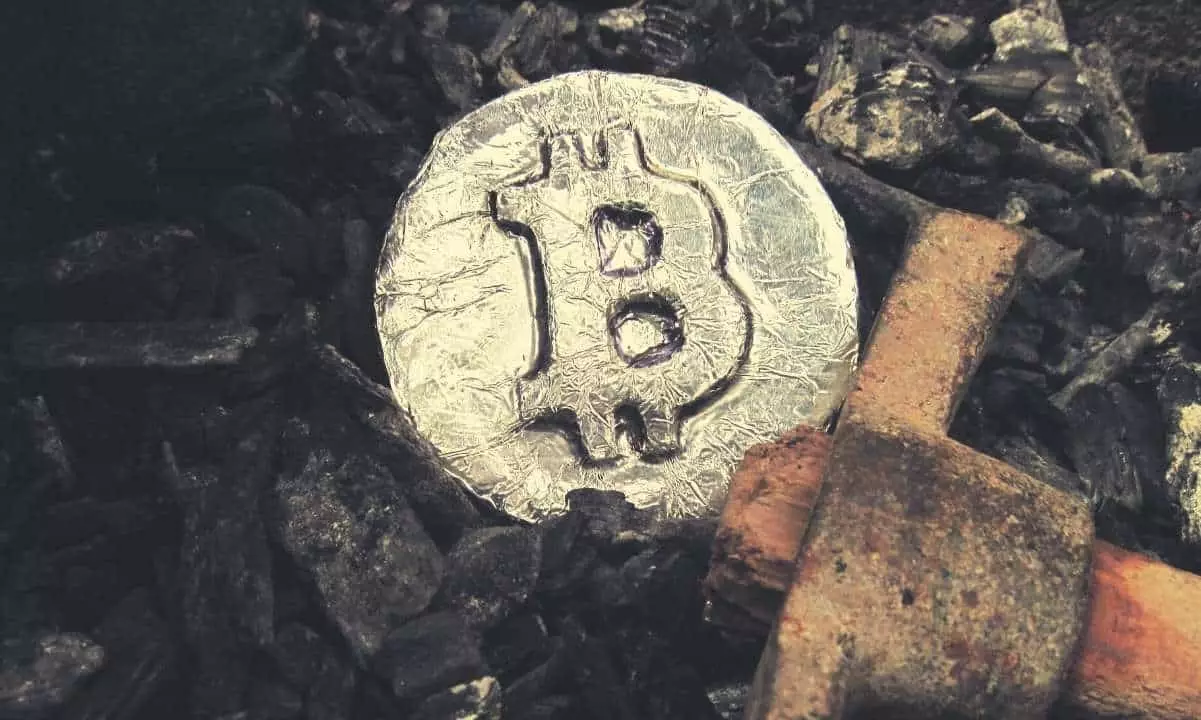The recent announcement by Northern Data, a German data center and Bitcoin mining operator, of its $360 million investment in GPUs for its cloud computing services, highlights the increasing integration of Bitcoin miners into the AI sector. This move allows Northern Data’s subsidiary, Taiga Cloud, to benefit from existing infrastructure and economies of scale in the industry. This article explores the implications of this investment and the broader trend of combining Bitcoin mining and AI in the cloud computing industry.
Northern Data’s investment of 330 million euros enabled them to acquire 384 cabinets of HPE Cray XD supercomputers, equipped with approximately 8,200 NVIDIA H100 Tensor Core GPUs. This advanced technology provides Taiga Cloud’s customers with the scale and performance required for compute-intensive AI workloads. By utilizing purpose-built HPE technology, Taiga Cloud aims to drive generative AI innovations in a growing market.
Tether’s Support and Carbon Neutrality
In September, Northern Data purchased 10,000 NVIDIA cloud GPUs with the assistance of Tether, the largest stablecoin issuer globally. Tether holds a partial stake in Northern Data and recently provided the company with a $609 million debt financing facility. This support further underscores the integration of Bitcoin miners into the AI sector. Additionally, Northern Data emphasizes that its AI cloud facilities are 100% carbon neutral, addressing concerns regarding the energy consumption of AI, data centers, and Bitcoin mining.
The explosive growth of AI, fueled by advancements such as OpenAI’s ChatGPT, has resulted in a significant increase in demand for NVIDIA’s semiconductor chips. This surge in demand is reflected in the company’s stock, which has risen by 226% year to date. Bitcoin mining companies, which already possess the necessary infrastructure, cooling facilities, and access to affordable energy, are among NVIDIA’s eager customers. The only missing component for these companies is the chips themselves, as Bitcoin mining computers (ASICs) serve a specific purpose and cannot be repurposed for AI tasks.
Recognizing the higher profitability per unit of energy in high-performance computing (HPC) services compared to BTC mining, some mining companies are transitioning their strategies. Iris Energy, a public mining firm, announced in June its intention to revitalize its high-performance computing data center strategy. Additionally, HIVE Digital has repurposed its old Ethereum mining rigs for similar purposes following the Merge. While HPC services offer greater profitability, BTC mining is better suited for balancing energy grids and utilizing renewable energy sources.
The integration of Bitcoin mining and AI in the cloud computing industry is an evolving trend. As demonstrated by Northern Data’s recent investment, combining the computational power of Bitcoin miners with AI capabilities presents new opportunities for innovation and scalability. It enables the utilization of existing infrastructure and economies of scale, benefiting both the AI sector and the Bitcoin mining industry. Moving forward, we can anticipate further collaborations and developments in this space as the demand for AI continues to grow and the potential for Bitcoin miners to contribute to AI advancements becomes more evident.


Leave a Reply